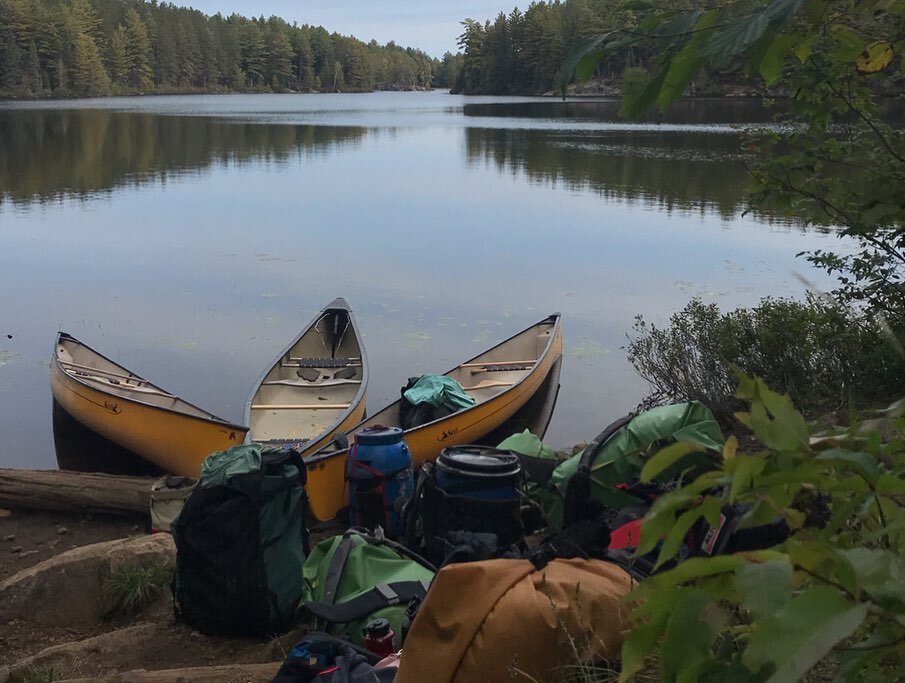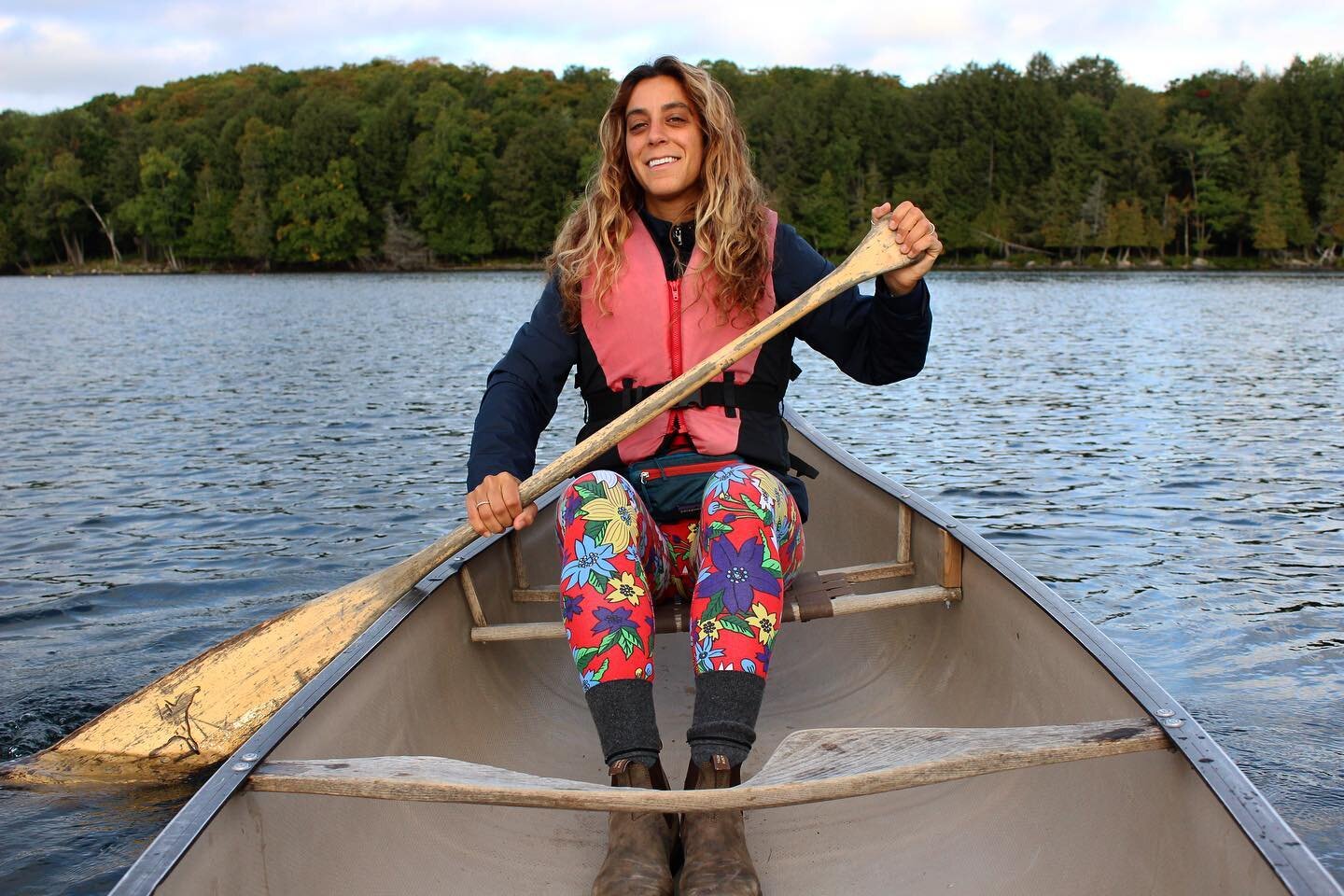Niki Cesta: How A woman inspired an Island
By Stephanie Macdonald
Meet Niki, she runs the The Wasteland Plan. Every weekend for the past 16 months she has been collecting plastic waste. When she moved to Little Cayman, she inspired a movement. She inspired the locals to do more about the local plastic crisis. Will she inspire you?
Hey Niki, please could you tell us more about yourself?
I hold a deep connection to the natural world and am learning to live in harmony with it. I have an innate desire to honor it and protect it in different ways, help it breathe, and help us humans move more naturally and consciously within it. This desire presents itself in different ways in my life; through my work, through my sport, through my lifestyle choices and my community. Over the past five years I have worked across varied roles and contracts in Marine Conservation. These contracts have taken me to some wild corners of the planet where my desire to care for our natural world has only grown deeper.
What inspired the wasteland plan?
I have been cultivating this plan since 2015, though it was not until August 2018 when the seeds in my mind began to flower. The first beach cleanup I organized and facilitated was with a group of students on a remote beach, accessible only by vessel along the coast of Lipsi Island, Greece in 2016. It was here that I first observed the severity of the global plastic crisis. I could share endless stories related to development and perseverance on the in-between year, though 2018 was the year that inspired true action. Mid way through 2018 I secured work in the Galapagos Islands working as a site manager for academic student expeditions. It was in this wild pristine corner of the world where single-use plastics still thrived, and I was deeply saddened by this. Envision a network of islands 1000 km off the coast of mainland, the hub of evolution, and home to the highest levels of endemism on the planet but still, it’s painted with plastics. I came home to Toronto in August 2018, sat in the idea of this grassroots movement, and one week later found myself free diving into the frigid waters of the Bruce Peninsula to do my first wasteland plan cleanup.
What do you wish to achieve?
So many things, but primarily to inspire a shift in how we tackle the plastics crisis. The grassroots impact is very real. One person or one small community can create a wave that is carried by global winds. From the ground up lets each work individually to live within the system for environmental change. Let’s each tackle this crisis creatively and de-vilify plastics. Be conscious of our personal consumption each day and begin to view the plastics that are already here to stay as a resource rather than a product in a wasteland.
How did Little Cayman inspire you, what changes have you seen?
Connection to the people, the community, the culture, the environment. These are only a few of the many connections I value deeply in my life, and Little Cayman packs a big punch when it comes to them all. Thriving and working here is full of adventure and exploration no matter how small the island can feel sometimes. I distinctly remember going to my first karaoke night (a big event on an island of 270 people), which was hosted by Tamara Doyle. She had seen or heard about my first wasteland cleanup on island that I did solo earlier that week, (18th cleanup at the time as I had started solo in Canada). She immediately said she would join me in the next cleanup. That night our team of two quickly became a team of five women also including Maisy Fuller, Ruby Alvarado and Stephanie Macdonald. Circular inspiration is quite the feeling, I think we all fueled each other to take small consistent action in order to make big change. The island felt like a little rock of empowerment, holding each other accountable, supporting one another to do better and be better. It continues to grow in this light.
You helped raise money for Little Cayman from your community in Canada. How do you think communities could help each other?
In todays world we all hold the power to share. What we choose to share online can be broadcasted globally and influence those beyond our own inner communities. Humans naturally love to help, and when something resonates with us, giving becomes a gift. Savannah Stephen and I both have a deep connection to the natural world. Without her, this campaign would not have been nearly as successful as it was her wild idea to plunge into frigid Lake Ontario as our ‘#sporttosupport’ the Little Cayman plastic problem. Our #polarplasticplunge created awareness and was successful because of the caring communities we’ve each cultivated at home. This campaign was an extension of our love for the planet, and those who so kindly donated recognized our love and our intention which is a very special feeling. If you are the change that you stand for, your community will believe in your cause and will help one another.
You are currently in Canada, what similarities can you see in the plastic pollution crisis very different parts of the world?
Over the past 16 months I have facilitated wasteland plan beach cleanups along 31 different coastlines within 5 different countries. Starting in Canada and moving in order through Little Cayman Island, Panama, Costa Rica and Italy. Of course, each coastline and ecosystem that I’ve cleaned is different from the next. However, there are still global similarities in terms of the ‘trash problem’, the top pollutants being one similarity. No matter where in the world I clean, I am almost guaranteed to collect cigarette butts, plastic bags and plastic bottles. Another global similarity in the trash problem is this very current dilemma of convenience. Convenience in bulk pricing causes us to over consume, convenience in pre-packaging is unethical and unnatural, and convenience in shipping waste abroad is uneconomical and unfair. Convenience can sometimes inhibit us from moving with intention in terms of choosing greener options for a more sustainable future. Optimistically, I have noticed in my travels, a tending toward more circular economies. Whether it starts with one small island or in one big city, the shift is happening.
When you return to Little Cayman later this year, what are your goals?
I have many goals. I would like to continue to team up and expand the movement alongside the Full moon beach cleanups, the Little Cayman Cleanup Crew and with Plastic Free Cayman. To continue to advocate for plastic bans so that Little Cayman can join the fleet of the seven Caribbean countries that have banned single-use and polystyrene starting this January 1st, 2020. To collaborate with PADI Dive against Debris X the wasteland plan in order to bring more awareness to the Little Cayman plastics problem, and to facilitate a very large (potentially Guinness record breaking) shoreline cleanup!
What have you been doing in other areas to achieve success?
We all define success differently. Success in my life is quite fluid, meaning my ‘unrelated’ achievements certainly influence my aspirations and success targets for the wasteland plan. I have a very holistic mindset when it comes to approaching the plan. That is, I try to consciously embody a greener life and care for the planet with all my choices, not solely through beach cleanups. Some of my unrelated successes in addition to self-banning single-use plastics include my diet of eating to my environment, my bike which is my main mode of transit, my (carbon neutral) sailing and free diving which better connect me to my environment through sport, my yoga which helps me to channel my thoughts on the crisis, my consumption habits which are fairly minimalistic, and my teaching style being very conservation centered.
What inspires you to keep going?
Circular inspiration. I began the ‘Wastelanders’ campaign in November 2019 which encourages the students that I’ve taught (and anyone who feels inspired really) to become ambassadors of the plan by facilitating cleanups in their own communities. In November 2019, James Lattanzio became the first ambassador. After having the privilege to teach this eco-warrior in the Galápagos Islands, he later found himself at Cape Eleuthera Marine Institute where he facilitated a beach cleanup. He wrote me a long passage in the state of the plastics and how he felt inspired to empower a greener, more conscious community there. Moments like these and the like inspire me to keep going.
What are your highlights of the year?
There are many though I will name only a few. My brightest highlights lay in deepening my connection to the natural world through sport and through meeting like-minded people. Within this year I completed my rescue diver certification, free diving level one, surfed two oceans, sailed on two race teams, worked as a canoe trip guide and deepened my yoga practice. It was a year of self-development, connection through sport, exploration of eight countries, and meeting some of the most influential humans.
What would you like to achieve in 2020?
My aspirations for 2020 continue to grow and evolve. I think I will have a clearer idea once I touch down in Little Cayman, the island brings clarity.
Is there a phrase/quote/mantra you use that could inspire us?
Move with intention.







